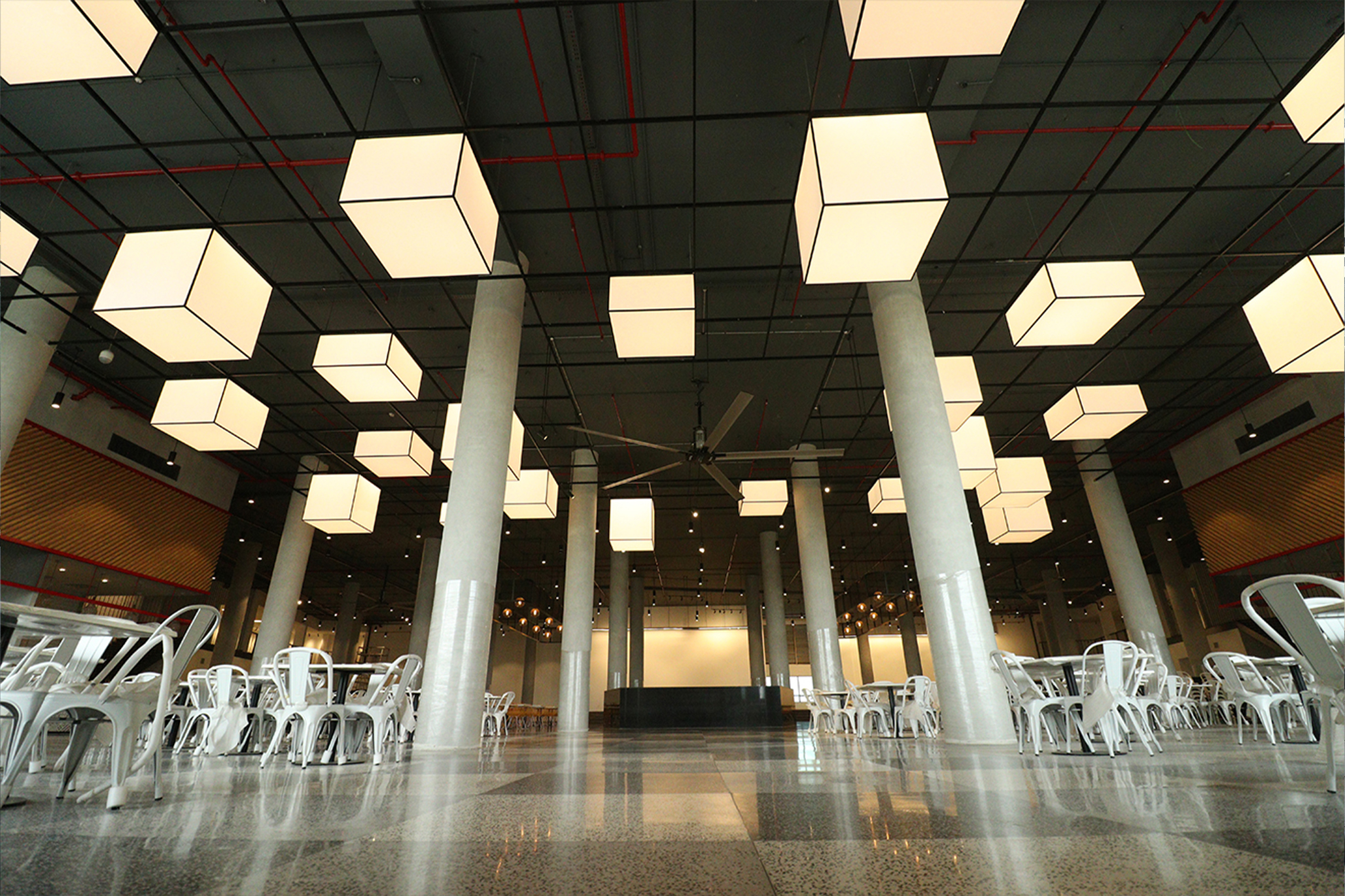
In an era where energy efficiency and sustainability are paramount, industrial complexes are increasingly turning to LED lighting solutions to meet their extensive lighting needs. This case study explores the transformation of a major industrial complex through the implementation of LED lighting, highlighting the challenges faced, the solutions implemented, and the benefits realized. The case study provides valuable insights into how LED lighting can revolutionize large-scale industrial operations, improving efficiency, safety, and sustainability.
The industrial complex in question is a sprawling facility located in the heart of an industrial hub. Spanning over 500,000 square feet, the complex houses multiple production lines, warehouses, administrative offices, and outdoor storage areas. The facility operates 24/7, requiring constant and reliable illumination to ensure smooth operations, safety, and security.
Before the transition to LED lighting, the complex relied on traditional high-intensity discharge (HID) lamps, fluorescent tubes, and incandescent bulbs. These outdated lighting systems posed several challenges, including high energy consumption, frequent maintenance, poor lighting quality, and significant heat emission.
The existing lighting systems were energy-intensive, leading to exorbitant electricity bills. With thousands of fixtures running round the clock, the energy consumption was unsustainable, significantly impacting the facility’s operational costs.
Traditional lighting systems, particularly HID and fluorescent lamps, have relatively short lifespans and require frequent replacements. The maintenance team was constantly occupied with replacing burnt-out bulbs and repairing faulty fixtures, leading to operational downtime and increased labor costs.
The quality of lighting in the complex was suboptimal. HID lamps produced uneven light distribution and a harsh glare, while fluorescent tubes flickered and had poor color rendering. This negatively affected the working conditions, reducing productivity and potentially compromising safety.
Traditional lighting systems generate substantial heat, adding to the cooling load of the facility’s HVAC systems. This not only increased energy consumption but also created an uncomfortable working environment. Additionally, the environmental impact of using inefficient lighting was a growing concern for the company’s sustainability goals.
To address these challenges, the management decided to overhaul the lighting system and transition to LED lighting solutions. The project was undertaken in phases to ensure minimal disruption to the facility’s operations.
The first step involved a comprehensive assessment of the facility’s lighting needs. Lighting experts conducted a detailed audit, mapping out the existing lighting layout, identifying areas with inadequate illumination, and calculating the potential energy savings from switching to LEDs.
Based on the assessment, a detailed plan was formulated, outlining the types and specifications of LED fixtures required for different areas of the complex. The plan also included a phased implementation schedule, ensuring that critical operations would not be disrupted during the transition.
Given the diverse lighting requirements of the industrial complex, a variety of LED fixtures were selected:
1. High Bay LED Lights: For production areas and warehouses with high ceilings, high bay LED lights were chosen for their powerful illumination and wide coverage.
2. Linear LED Fixtures: These were installed in administrative offices and corridors, providing uniform lighting with minimal glare.
3. Outdoor LED Floodlights: For the outdoor storage areas and parking lots, robust LED floodlights were selected to ensure security and visibility.
4. Task Lighting: Specific task lighting solutions were implemented in workstations requiring focused illumination.
The implementation phase involved the systematic replacement of existing fixtures with LED lights. A team of skilled technicians carried out the installations during off-peak hours to minimize disruptions. The new LED fixtures were strategically positioned to optimize light distribution and eliminate dark spots.
To maximize the benefits of LED lighting, the new system was integrated with advanced smart control systems. This included motion sensors, daylight harvesting sensors, and programmable timers. The smart controls enabled automated lighting adjustments based on occupancy, natural light availability, and operational schedules, further enhancing energy efficiency.
The transition to LED lighting resulted in a substantial reduction in energy consumption. The new system used up to 70% less energy compared to the old HID and fluorescent lighting, leading to significant cost savings on electricity bills. The reduction in energy usage also contributed to the company’s sustainability goals, lowering its carbon footprint.
The long lifespan of LED fixtures, often exceeding 50,000 hours, drastically reduced the need for maintenance. The maintenance team could now focus on other critical tasks, improving overall operational efficiency. The reduction in downtime due to lighting maintenance also ensured uninterrupted production processes.
The quality of lighting in the facility improved dramatically. LEDs provided bright, uniform illumination with high color rendering, creating a better working environment. The absence of flickering and glare reduced eye strain and fatigue among workers, enhancing productivity and safety.
The improved illumination significantly enhanced safety within the facility. Well-lit work areas reduced the risk of accidents and injuries, while the bright outdoor lighting improved security, deterring unauthorized access and theft.
The transition to LED lighting had a positive environmental impact. The reduction in energy consumption directly translated to lower greenhouse gas emissions. Additionally, LEDs do not contain hazardous materials like mercury, making them a safer and more environmentally friendly option.
The case study of the major industrial complex highlights the transformative impact of LED lighting solutions. By addressing challenges related to energy consumption, maintenance, lighting quality, and environmental impact, the transition to LEDs not only improved operational efficiency but also enhanced safety and sustainability. LED lighting solutions are a viable and effective option for industrial complexes seeking to optimize their operations and reduce their environmental footprint. The success of this project serves as a testament to the benefits of embracing modern lighting technologies, paving the way for a brighter, more efficient future in industrial lighting.